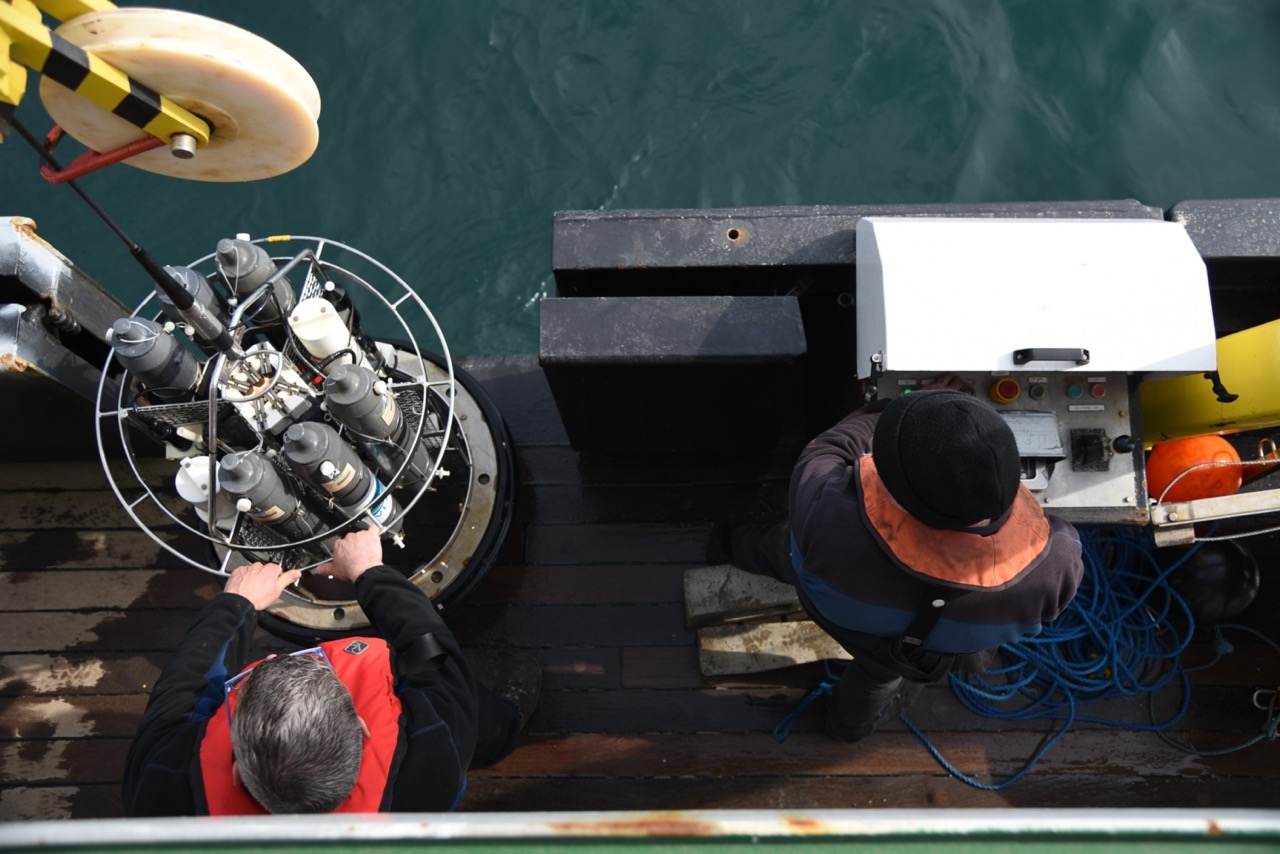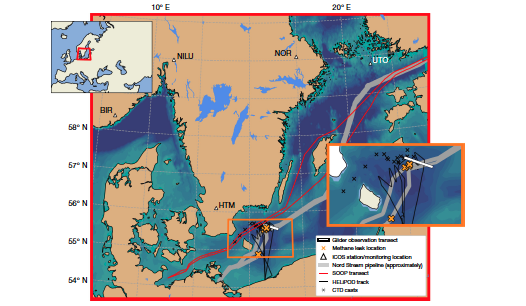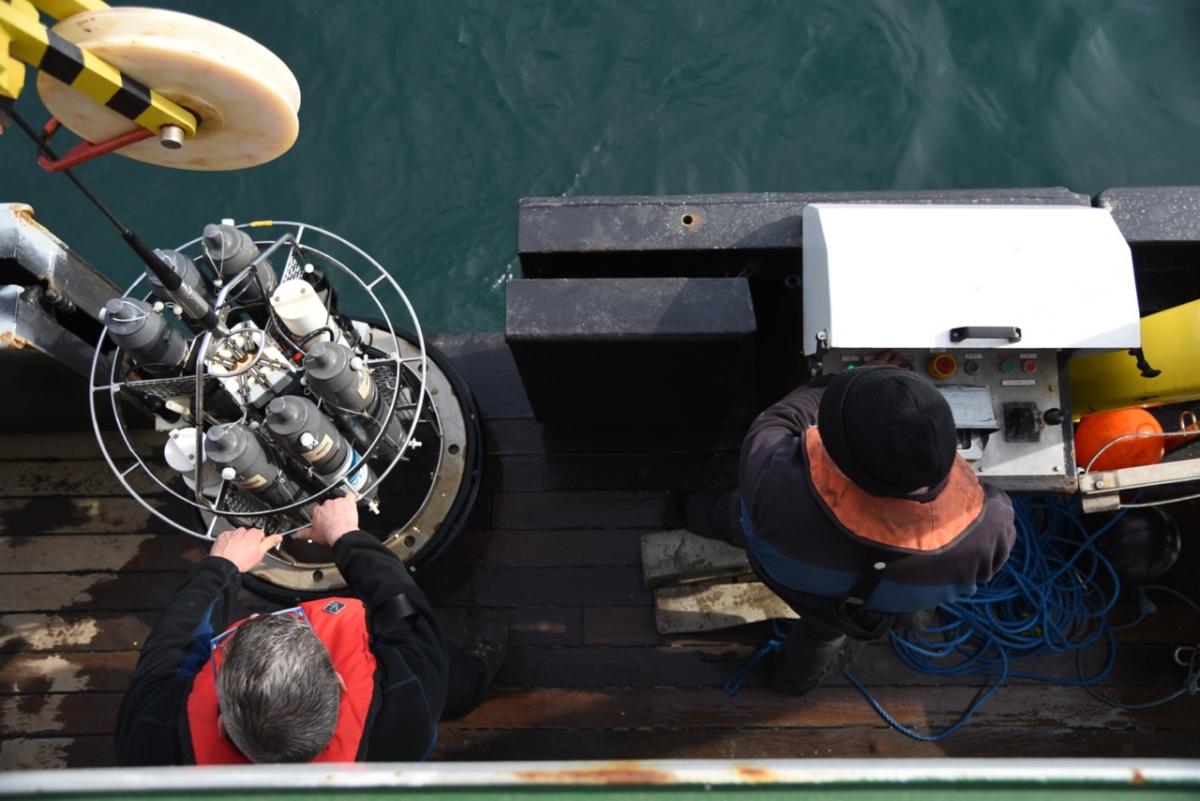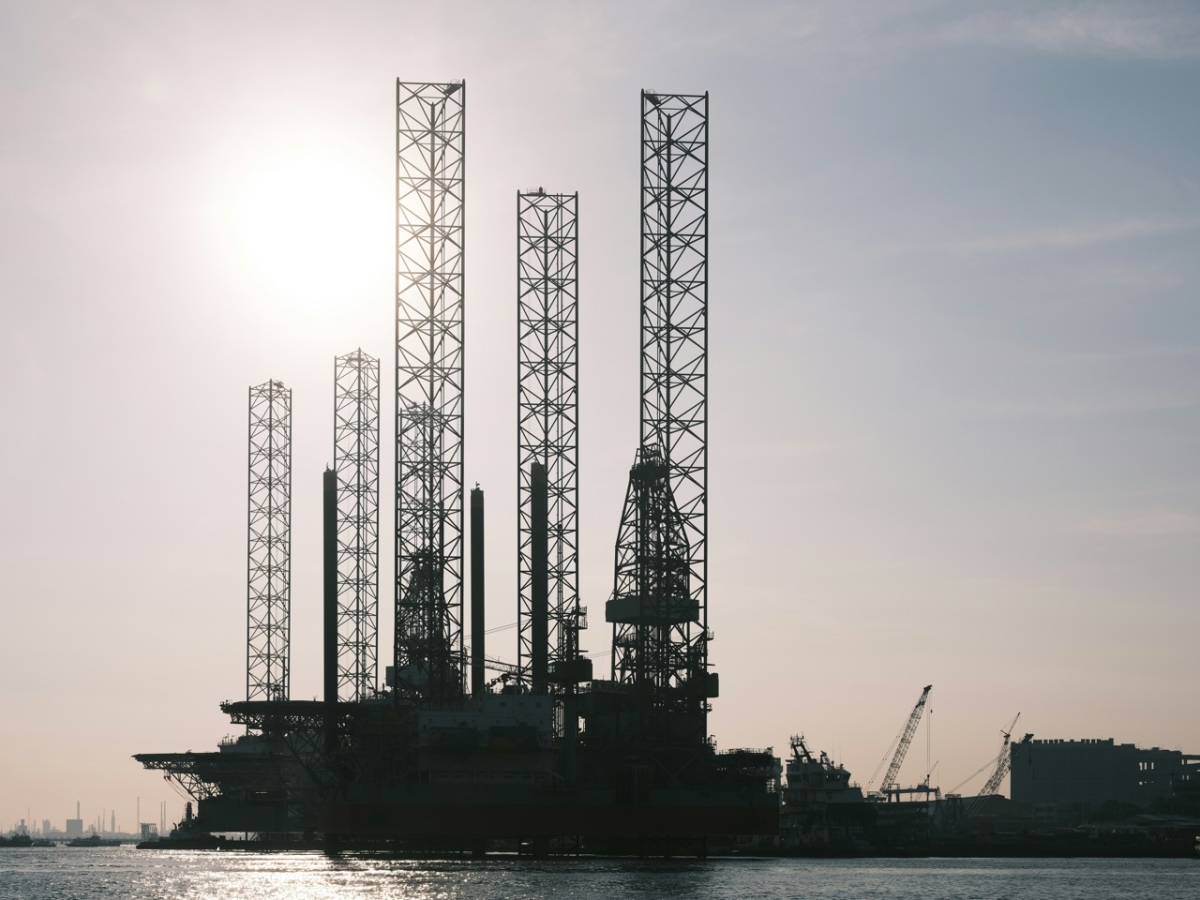
The Nord Stream gas pipelines in the Baltic Sea were damaged in September 2022, leading to the release of an enormous amount of methane into the atmosphere. A new study, published in Nature, has now estimated the quantity of methane emitted due to the leaks. The article features contributions from several scientists within the ICOS community. Data from ICOS stations in Norway, Sweden, and Finland were used in the modelling.
The study employed multiple methods to quantify methane emissions from the Nord Stream pipeline leaks. Simulations of pipeline rupture emission rates were conducted and integrated with estimates of methane dissolution and sea-surface outgassing. These modelled atmospheric emissions were then compared with top-down, point-in-time emission rate estimates. Cumulative emission estimates were derived from airborne, satellite, and ICOS tall tower data.
The study found that 465 ± 20 thousand metric tons of methane were released into the atmosphere due to the Nord Stream pipeline leaks. This amount represents the largest recorded release of methane from a single event, although it accounts for only 0.1% of total anthropogenic methane emissions in 2022.
“The Nord Stream event was the highest methane peak ever in the data at Birkenes ICOS station in Norway”, says Dr Stephen Platt, the Focal point of ICOS Norway.
“The methane concentrations were so exceptional that the automatic systems at ICOS sites initially filtered them as outliers. Soon after hearing the news, the Principal Investigators then validated the data as correct”, Dr Michel Ramonet from the ICOS Atmosphere Thematic Centre says.

Combined methodological approach led to robust results
Emissions from the pipeline leaks had been quantified previously, but past estimates of the methane released from the Nord Stream leaks varied widely. This study reconciled these discrepancies by comparing modelled atmospheric emissions with top-down, point-in-time emission rate estimates and cumulative emission estimates derived from airborne, satellite, tall tower data and marine data.
The researchers utilised a variety of methods, including simulations of pipeline rupture emission rates, integrated with methane dissolution and sea-surface outgassing estimates. These simulations were verified using top-down, point-in-time emission rate estimates and cumulative emission estimates obtained from airborne, satellite, and ICOS tall tower and marine data. The combination of these methods enabled a robust assessment of methane emissions.
Rapid ICOS response to the methane leak
At the time of the pipeline rupture, several ICOS stations were able to record the methane plume and communicate their findings in near real-time. These emissions were confirmed by ICOS ground-based observations from stations in Sweden, Norway, and Finland. The Principal Investigators and other staff worked rapidly to share their findings with the global community. Researchers from NILU modelled how the methane plume dispersed in the atmosphere. These observations were widely reported in international media.
“The ICOS community responded quickly to deliver the first assessment of the released methane and its environmental impact. They also produced the initial visualisations of the methane plume over Europe with remarkable speed,” says Dr Gregor Rehder, Principal Investigator of the DE-SOOP Finnmaid ICOS Ocean station.
ICOS atmospheric and ocean data played a crucial role, not only because of its high quality but also because of its almost immediate availability via the ICOS Carbon Portal.
“The surface measurements provided by ICOS were particularly important in this case, as satellite data could not be utilised due to cloud cover. In recent years, ICOS has developed a unique capability for processing data in near-real-time, within 24 hours, which is especially useful for the rapid detection of such events,” explains Michel Ramonet.
“Data from the DE-SOOP-Finnmaid Ocean Station could help clarify the unusually high concentrations of methane detected at the water’s surface. This information is key to reconstructing the spread of methane in the surface waters and quantifying the flux of methane escaping from the water after the gas bubble release had ceased”, Gregor Rehder adds. “ICOS ship-of-opportunity (SOOP) station Finnmaid has been monitoring methane levels in the Baltic Sea for more than a decade. The ship’s route, equipped with ICOS measurement instruments, passed the Bornholm Basin close to the rupture sites twice every three days before, during, and after the damage occured.”

The big picture of methane emissions
All three ICOS scientists interviewed here stress that, while the Nord Stream leaks were the largest recorded point source of methane emissions, they represent only a small fraction of global methane output. “The emissions from the Nord Stream leak are equivalent to just a few hours of combined anthropogenic and natural methane emissions occurring globally every day,” Stephen Platt says.
“This leak accounts for only a tiny portion of the leaks and flares typically associated with gas extraction and distribution,” adds Michel Ramonet.

The Intergovernmental Panel on Climate Change (IPCC) has called for a 30% reduction in methane emissions by 2030 to help limit global temperature rise to 1.5°C. Given methane’s potency, reductions could have a significant impact on global temperatures.
“Rising methane levels threaten the Paris Agreement, but cutting methane emissions presents a unique opportunity to rapidly and meaningfully reduce global warming,” Stephen Platt says. “Improving our understanding of methane’s role is therefore crucial.”
Read the full article: Harris, S.J., Schwietzke, S., France, J.L. et al. Methane emissions from the Nord Stream subsea pipeline leaks. Nature 637, 1124–1130 (2025). https://doi.org/10.1038/s41586-024-08396-8